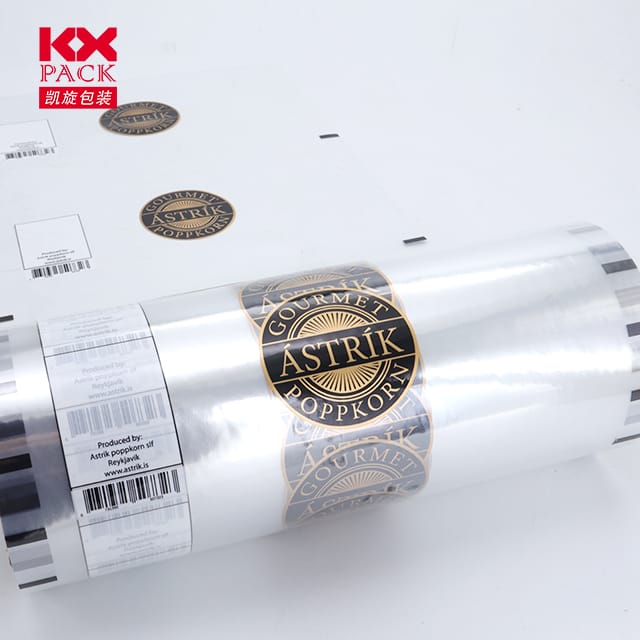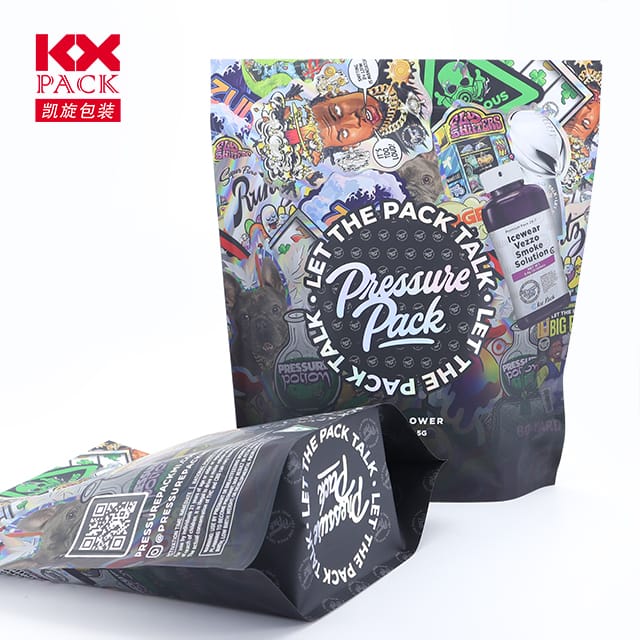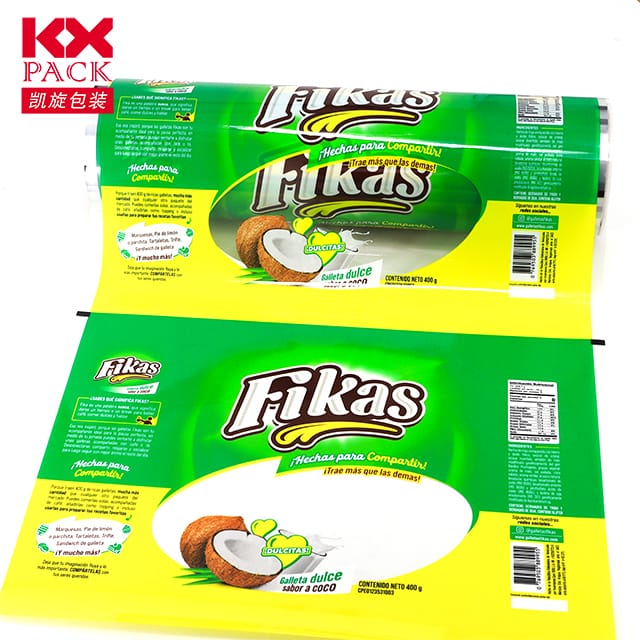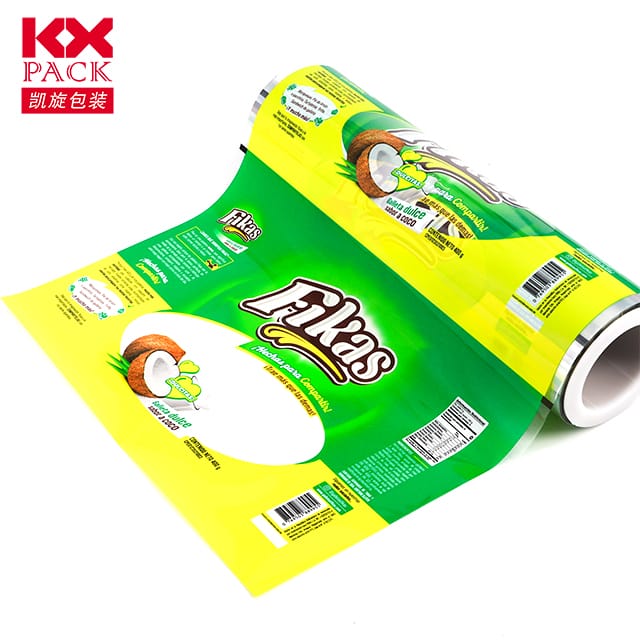Trend yang semakin meningkat untuk melancarkan filem plastik untuk pembungkusan makanan: Perspektif Pengeksport Global
Lidding Plastic Film Roll
In the dynamic landscape of food packaging, Lidding Plastic Film Roll have emerged as a cornerstone for ensuring product freshness, keselamatan, dan rayuan rak. Sebagai pengeksport utama dalam bidang ini, Memahami Pemandu Pasaran, kemajuan teknologi, Dan landskap pengawalseliaan sangat penting untuk kekal berdaya saing di arena global.
Gambaran Keseluruhan Pasaran: A Thriving Sector
The global food Lidding Plastic Film Roll market reached 35.817billion**dalam2023andisprojectedtogrowto∗∗51.968 billion by 2030, dengan a 6.4% CAGR. This growth is fueled by the rising demand for convenience foods, heightened consumer focus on food safety, and innovations in material science. Among packaging materials, polietilena (PE) dominates with a 31.7% bahagian pasaran, thanks to its cost-effectiveness and versatility. Namun begitu, poliamida (PA) dan alkohol vinil etilena (Evoh) films are gaining traction due to their superior barrier properties against oxygen, lembapan, and odor—critical for extending product shelf life.
Technological Innovations Driving Demand
Lidding plastic film rolls are no longer mere protective layers; they are now engineered to meet multifunctional needs:
- Barrier Performance: Films with EVOH or PA layers reduce oxygen transmission rates (OTR) to as low as 30 cc/m²/24h, preserving food quality and reducing waste.
- Sealability: Advanced sealing ranges (165°C–190°C) ensure robust hermetic seals, preventing leaks and contamination.
- Kelestarian: Biodegradable and recyclable materials are increasingly integrated into formulations to align with global environmental regulations.
Contohnya, Zhongsu New Materials Technology’sEvoh & PA-based lidding films offer moisture-proof, soft, and FDA-compliant solutions, with thicknesses ranging from35–380 microns. TheirW&H 11-Layer Casting Line ensures uniform quality, meeting ISO, SGS, and BRC standards.
Pematuhan Peraturan: A Non-Negotiable Factor
Exporting lidding films requires adherence to stringent food contact material (FCM) peraturan. The EU, contohnya, mandates compliance with(EU) No 10/2011 for plastic FCMs, focusing on limits for substances likeplasticizers, bisphenol A (BPA), and heavy metals. Testing standards such asEN 1186, EN 13130, and EN 1388 are critical for verifying material safety. Begitu juga, the U.S. FDA and China’s GB standards impose rigorous checks on migration levels and overall material integrity.
Global Export Opportunities
Key markets for lidding plastic film rolls include:
- Amerika Utara: U.S.. and Canada prioritize high-barrier films for meat, dairy, dan makanan siap sedia.
- Asia Pasifik: China’s packaging industry, dihargai pada $830.66 billion (2023), is a major consumer, driven by its growing middle class and e-commerce boom.
- Europe: Jerman, Perancis, and Italy demand eco-friendly films aligned with the EU’s Green Deal objectives.
- Emerging Markets: India and Southeast Asia present untapped potential, with rising urbanization and a shift toward packaged foods.
Challenges and Strategies for Exporters
- Price Sensitivity: Competitive pricing is essential, especially in price-conscious markets. Exporters must balance material costs with production efficiency.
- Logistics: Ensuring seaworthy packaging (pallets, cartons) and compliance with HS Code 3920109090 is vital for smooth customs clearance.
- Penyesuaian: Offering tailored solutions (Mis., anti-gigi, antibacterial coatings) can differentiate products in niche markets.
- Kelestarian: Partnering with brands committed to circular economy principles (Mis., Unilever, Nestlé) can open doors to premium segments.
Prospek masa depan: Innovation and Adaptation
The lidding plastic film roll market is poised for further growth, didorong oleh:
- Pembungkusan Pintar: Integration of sensors and QR codes for traceability and freshness monitoring.
- Advanced Barrier Materials: Development of nanocomposite films with enhanced gas and moisture resistance.
- Circular Economy Models: Recyclable mono-material structures and chemical recycling technologies.
As an exporter, staying ahead requires continuous investment in R&D, a keen understanding of regional regulations, dan komitmen terhadap kemampanan. By aligning with these trends, businesses can not only meet current demands but also anticipate future market shifts.
Kesimpulan
The lidding plastic film roll market for food packaging is a vibrant, evolving sector with immense potential. For exporters, navigating its complexities—from technological innovation to regulatory compliance—is key to unlocking global opportunities. As consumer preferences and environmental concerns reshape the industry, those who adapt will lead the way.
Let’s shape the future of food packaging together. 🌍📦







